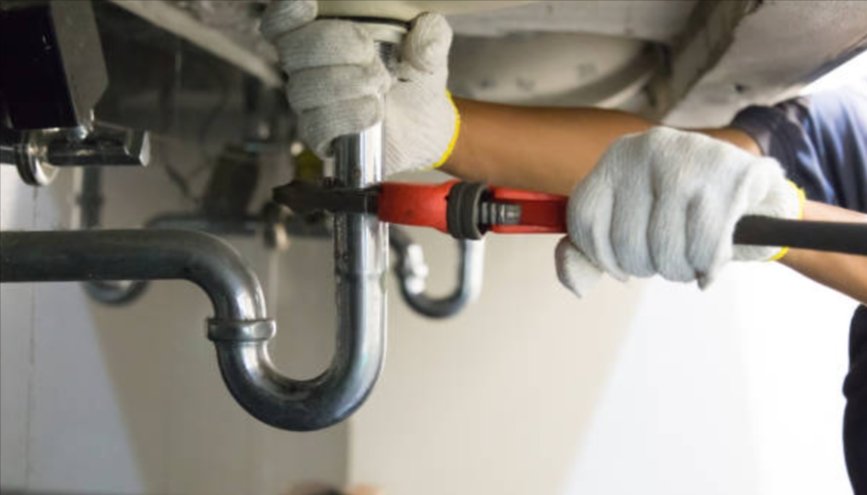The versatility of clamps allows them to serve several purposes. You can also find them in many different types at BOSS Tee Clamps that are used for some specific purposes only.
To get the most out of them, it is best to learn about their usability. This will also help you make informed decisions about your projects.

Below we have answered some of the most common FAQs about the use of clamps:
Clamps are handy tools that are useful in securing the parts of a project that you are executing. Their main use is seen in woodworking and carpentry applications, as they help in holding the piece of wood together to a workbench for chiseling or sawing.
Along with this, they are also used in metalworking for grinding, fabrication, and welding as they are helpful in securing the different pieces of metal together such as steel, iron, aluminum, and copper.
Clamps are mostly used for gluing, painting, filing, drilling, etc. In a nutshell, anytime you need something to be held still or help together, you can use a clamp.
There are numerous types of clamps available in the market. To be precise, there are 36 types of clamps. Each type serves a different purpose in a project.
For example, a spring clamp is used in jewelry making, carpentry, and other crafts when you are operating with one hand only.
A sash clamp is used for window and door work. Bench clamps are used for holding your items in place on your bench, and so on.
Depending on your project requirements and the type of work to be done around your own home, you will need different types of clamps in your toolbox.
We believe one can never have too many clamps but if you are looking for some must-haves, here’s what we think would be useful:
There is an overwhelming number of options available whenever it comes to choosing clamps. But if you are looking to finish your project as conveniently as possible, you may need to learn about their types as much as possible.
This entirely depends on how well you are taking care of your clamps. Several elements like glue, rust, affect their functionality.
If you are maintaining them regularly and providing them with proper care, they can last you a lifetime. But if there is a significant lack of care then they are bound to lose their functionality with time.
If your bar clamp is new then you should start by removing the labels on the bar then wiping it down using mineral spirits and a clean cloth.
Your ultimate goal is to clean them while removing the adhesive. You can also add a coat of paste wax to the bar so that you can prevent the glue from sticking later.
When you are using the clamp, you need to prevent the build-up of glue by using a protective barrier between the piece and your clamp.
You can use packing tape, painter’s tape, or parchment paper for that purpose. As soon as you are done using the clamp, the protective barrier should be removed, wiped down with a dry cloth, and brushed with oil or paste wax.
Low water pressure in the house can be more than just a minor inconvenience; it…
Crowdfunding is a busy world, and an attractive video can make all the difference between…
Find the ideal prayer mat for a deeper spiritual experience with our guide on materials,…
Avoid costly damage with expert tips on preventing and fixing bad plumbing. Protect your home…
Discover why Chesterfield sofas are ideal for seniors: effortless use, ultimate comfort, easy maintenance, and…
In the realm of interior design, the quest for striking yet versatile elements often leads…